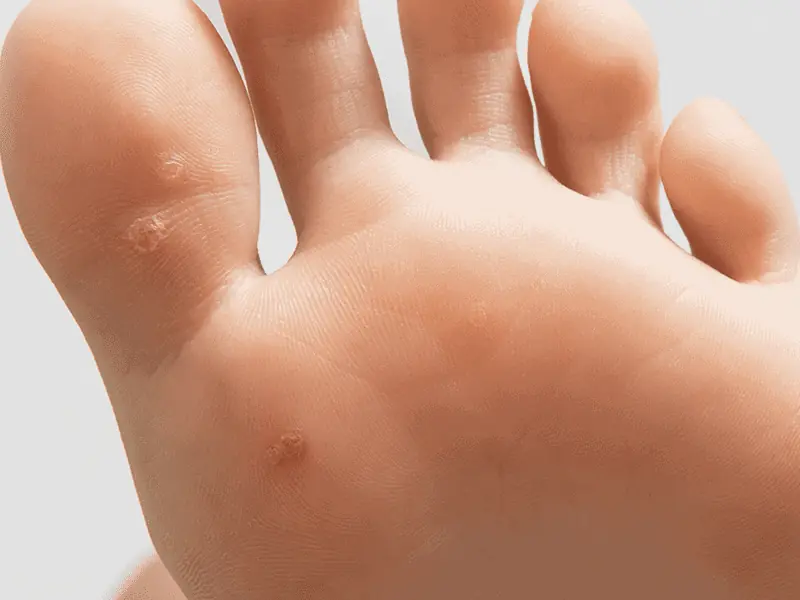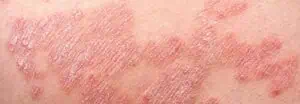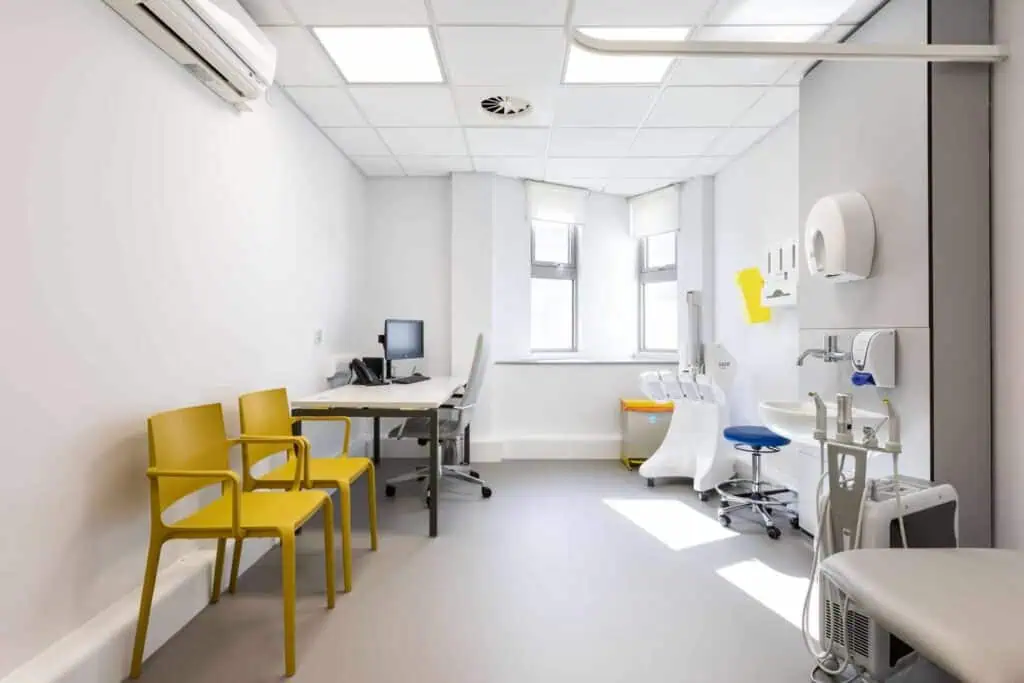Skin Tag and Wart Removal
Home » Treatments » Skin Tag and Wart Removal
Award winning dermatology service, with over 20 years of experience
Short waiting lists, on some occasions offering same week appointments
Safe environment, in Care Quality Commission approved facilities
Conditions
Everything you need to know about Skin Tags & WartS
Skin tags are small, harmless growths that hang off the skin and look similar to warts. They are typically flesh-coloured or brown and vary in size from a couple of millimetres up to 5cm wide. Anyone can develop skin tags at any stage in their life, but they’re most common in older people and those with diabetes; pregnant women may also develop them due to hormonal changes. Warts often appear on the hands and feet, though they can spread to other parts of the body, for example around the nails, lips and genitals. A wart is a contagious viral infection of the skin, usually taking the form of a small hard nodule. Verruca are warts that develop on the soles of the feet.
HOW ARE SKIN TAGS, WARTS AND VERRUCAE TREATED?
Our team of dermatology specialists are able to remove skin tags, warts and verrucae via methods including snip cautery, cryotherapy (liquid nitrogen) and/or laser treatment. Skin tag or wart removal is perfectly safe and effective, leaving little to no lasting marks of their existence.
If you’d like to find out more about our skin tag or wart removal options please get in touch and we’ll be happy to answer your questions and book you in for a consultation with one of our skin specialists.
SNIP CAUTERY
Electrocautery uses a small probe to accurately introduce an electric current into the wart material with the aim of cauterising the blood supply. Occasionally, this is combined with curettage (scraping off the wart) with prior local anaesthetic injection to numb the area. This is often the treatment of choice for a single symptomatic wart.
CRYOTHERAPY
Cryosurgery is sometimes used very successfully. The treatment involves liquid nitrogen to kill off the infected tissue. Usually multiple treatments at 2 to 3 week intervals are required Success is greater if combined with wart paints in between cryotherapy treatments.
LASER TREATMENT
Lasers that target haemoglobin can also be successful, as the laser can accurately target the blood supply to the wart without causing painful peripheral damage. The laser energy penetrates the wart material, heating up and sealing the blood supply so that the wart cannot survive. The pain involved is generally less than cryosurgery or electrocautery and one treatment is sometimes enough to kill the growth entirely.
FREQUENTLY ASKED QUESTIONS
SKIN TAG OR WART?
Skin tags and warts can often be mistaken for one another, and whilst neither is typically painful or cancerous, warts are contagious and can spread easily so it’s best to have them removed by a specialist.
Skin tags can commonly be found on the neck, in the armpits, under the breasts, in the groin area, on the eyelids, or on the bottom, among other places. Most of the time they are harmless and don’t cause any pain or discomfort. However, depending on where they are located you may find that they rub or snag on your clothing causing some amount of discomfort. In addition to this, skin tags can sometimes be unsightly and can cause the person to feel self-conscious or embarrassed by their presence.
There are a few ways that you can tell if you’re dealing with a skin tag or a wart:
- Skin tags tend to be smooth and soft, whilst warts are typically rougher with an irregular surface
- Warts usually lay flat on the skin, whilst skin tags are knobbly and hang off the skin
- Warts are contagious and tend to develop in sudden outbreaks and clusters, whilst skin tags are not contagious and tend to be isolated in their appearance
HOW COMMON ARE WARTS AND VERRUCAE?
Most people will have warts at some point in their life, though they tend to affect children and young adults. Warts are generally not painful, though verrucae can be sore to stand on. Some people find their warts embarrassing and those on the fingers may interfere with normal daily activities.
Without treatment, the length of time it takes a wart to disappear will vary between people. As a rough guide, about a third of warts have gone within three months, and most will have resolved within 2 years. Verrucae can take a lot longer than this to disappear.
HOW CAN I PREVENT WARTS AND VERRUCAE FROM SPREADING?
- Wash your hands after touching a wart or verruca
- Change your socks daily if you have a verruca
- Cover warts and verrucae with a plaster when swimming
- Take care not to cut a wart when shaving
- Don’t share towels, flannels, socks or shoes
- Don’t bite your nails on fingers with warts on
- Don’t walk barefoot in public places if you have a verrucae
- Don’t pick or scratch at them
REQUEST A CALL BACK
Please fill in this form and one of our team will give you a call back to arrange a consultation with one of our expert dermatologists.

HEAR FROM OUR PATIENTS
WHY TREAT YOUR SKIN TAGS, WARTS OR VERRUCAE AT STRATUM DERMATOLOGY CLINICS?
We understand the impact that skin conditions can have on your confidence and we are here to help. As warts and verrucae are a contagious skin condition that can be easily passed on from person to person, it is vital to get diagnosis and treatment as quickly as possible.
We work with leading experts in the field of dermatology to ensure you have the best experience and treatment. Stratum Dermatology Clinics are regulated by the Care Quality Commission, are part of the British Association of Dermatologists and are top rated by patients on Doctify so you can assure safe and effective treatment with us.
OXFORD
Stratum Clinics Oxford
Blackberry Clinic
Ground Floor, The Quorum
7600 Oxford Business Park
Alec Issigonis Way
Oxford, OX4 2JZ
WIMBLEDON AND RAYNES PARK
Stratum Clinics Wimbledon & Raynes Park
Raynes Park Health Centre
1 Lambton Road
Wimbledon
SW20 0LW
latest INSIGHTS AND ADVICE

Guide to Fall Skin Conditions
Autumn, with all its stunning colours, also brings some challenges for our skin. As the air gets cooler and the leaves turn vibrant shades, it’s a reminder that we’re steadily approaching winter. Keeping your skin glowing and healthy during this transition from summer to the

Eczema Awareness Month – Complete Guide on Eczema
October is Eczema Awareness Month. For individuals living with eczema, you will be all too familiar with the trials of handling this skin complaint. It’s our mission throughout October and beyond to educate, support and empower you by delivering invaluable insights on its origin, available

Understanding Varicose Veins: Symptoms, Treatments and Prevention
Varicose Disease Awareness Month focuses on raising awareness about varicose veins, a common but often ignored condition affecting millions globally. This September, we’re highlighting the importance of early detection, available treatments and lifestyle changes to effectively manage varicose veins. By increasing awareness, we aim to
